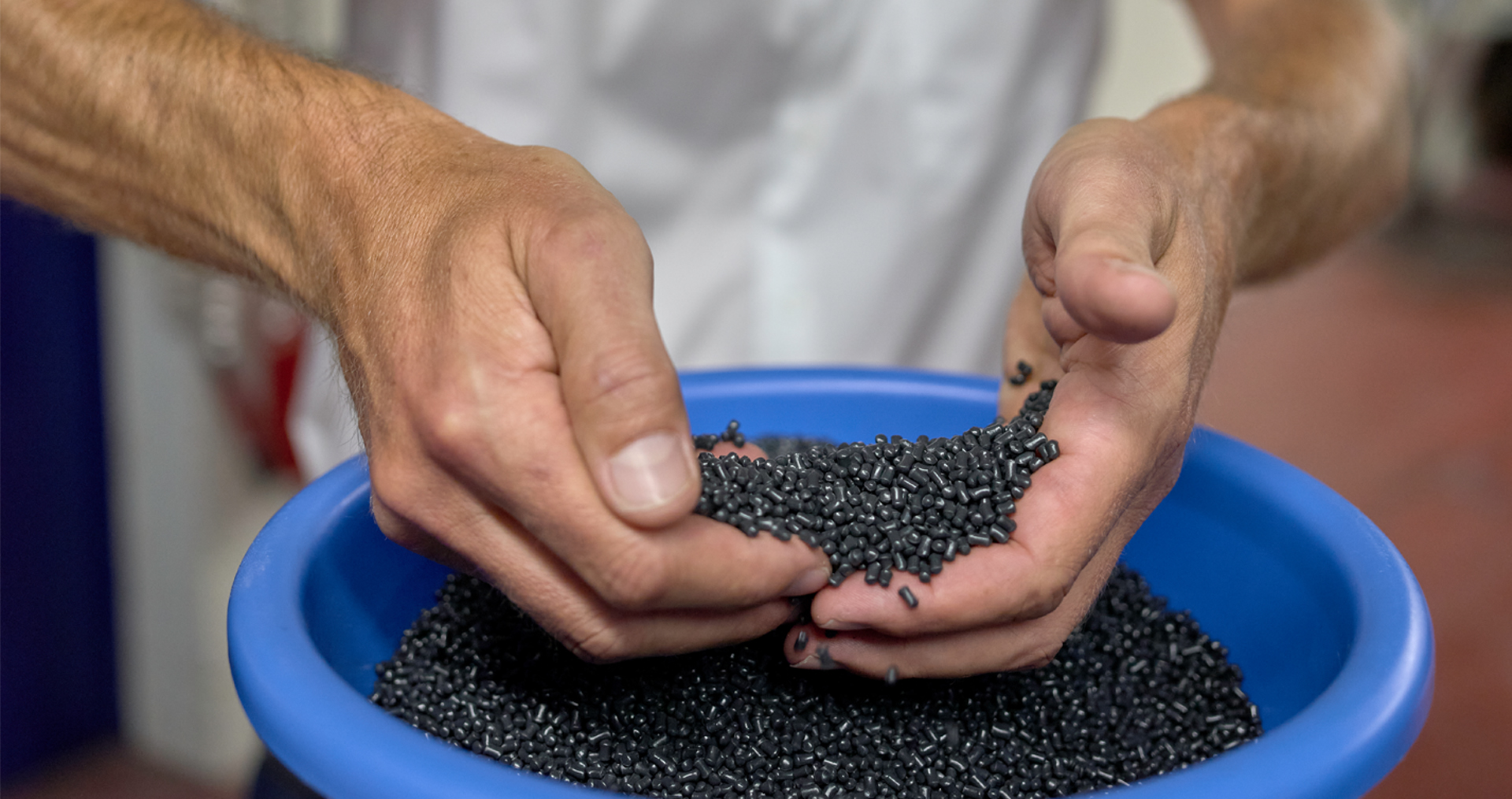A commitment to sustainable action

A pioneer in the branch – when it comes to sustainability, Geberit has been setting the standard for many years with the eco-design principle. Roland Högger, the man in charge of sustainability at Geberit, explains the concept in more depth.
Sustainability has been part of Geberit’s DNA for 30 years. Is Geberit a pioneer in the branch?
Geberit addressed the topic of sustainability very early on without being put under pressure to do so by others. With this in mind, Geberit can definitely be considered as a pioneer in the branch.

Corporate Sustainability
Roland Högger heads up the Corporate Sustainability and Process Management team at Geberit. The team deals with a wide variety of topics. Improving the life cycle assessment of Geberit products is just one of many tasks. Others include healthcare, occupational safety and sustainable procurement.
Are we still at the front of the pack here?
Geberit is still one step ahead of current developments. Environmental and social responsibility in the supply chain have already been an integral part of our procurement process for many years. Geberit has also been using the eco-design principle consistently and voluntarily since 2007.
What is the core idea behind eco-design?
Eco-design is all about developing products in such a way that each new product brings added value from an ecological perspective. This could be because materials, water or energy are saved, or because the products can be recycled more easily. In order to achieve these optimisations, we consider the entire life cycle of a product.
Can you give us an example of where eco-design has been applied?
The new flush valve type 212 is a good example. It was possible to reduce material consumption slightly during production. Furthermore, the majority of the components are made of recyclable ASA and ABS. Concentrating on only a few product materials then simplifies recycling at the end of the product life cycle. This is also our goal – to close the material cycle wherever possible.

The circular economy is a hot topic at present. To what extent does eco-design help here?
With the eco-design principle, we already apply the basic principles seen in the circular economy. The circular economy includes the disassembly, disposal and reuse of products. We concentrate primarily on the durability and repairability of our products. However, our journey is by no means over.

